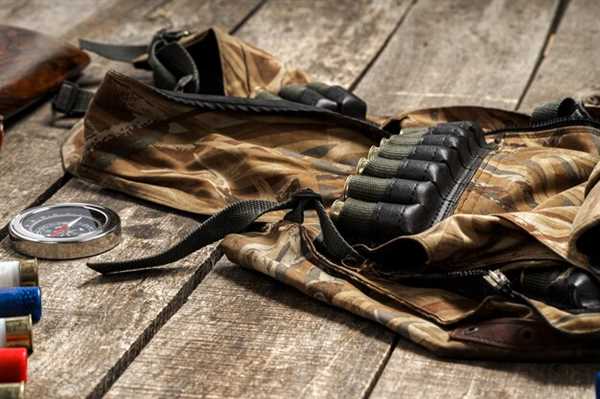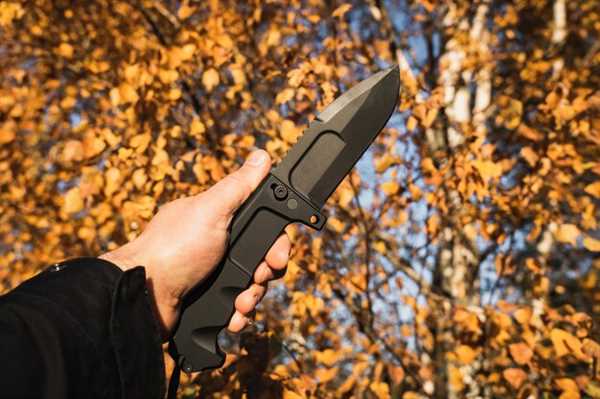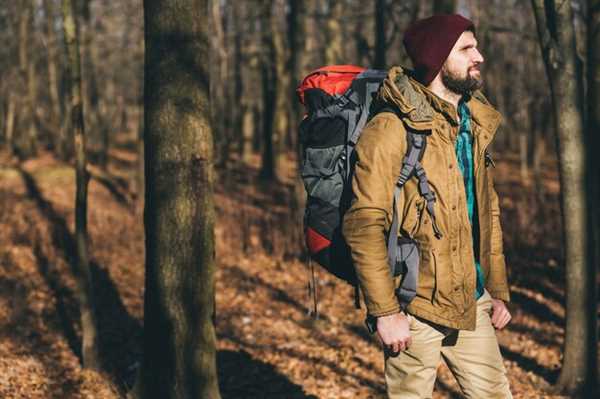
Seek models with a capacity of at least 50 liters; this ensures ample room for all necessary gear, food, and supplies during extended excursions. Aim for a lightweight frame, as it contributes significantly to comfort and endurance over time.
Examine adjustable straps and ventilation systems; these features keep the pack stable while distributing weight effectively, alleviating strain on your back and shoulders. Check for hydration reservoir compatibility, allowing easy access to water without rummaging through your belongings.
Focus on materials like nylon or polyester, known for durability and water resistance. These fabrics withstand rough conditions, helping to protect your equipment and maintain comfort throughout your time outdoors.
Lastly, evaluate pocket organization; choose a design that offers strategic compartments for quick access to tools, maps, or first-aid supplies. An organized setup enhances your efficiency, allowing you to respond swiftly to any situation that arises.
Key Features to Look for in a Hunting Backpack
Prioritize weight distribution to reduce fatigue during extensive outings. A well-designed suspension system with adjustable straps ensures comfort over long hours.
Material plays a significant role. Opt for water-resistant and durable fabrics to withstand various weather conditions while protecting your gear.
Storage capacity should align with your gear requirements. Look for models offering multiple compartments for organized packing, enabling easy access to essentials.
Consider the functionality of external attachment points, like MOLLE webbing, which allow for securing additional gear to the exterior, maximizing space efficiency.
Invest in a hydration system compatibility. Access to water is critical, so selecting a backpack that accommodates hydration reservoirs can enhance your outdoor experience.
Weight is a factor; lightweight options can reduce strain, while ensuring all necessary features are included without sacrificing quality.
If mobility is key, examine the design for streamlined profiles, aiding in maneuverability within dense environments.
Lastly, assess camouflage patterns and colors suitable for your location. Blending with the surroundings can significantly increase your chances of success while out in the field.
Top Brands and Their Best Models for Extended Hunting
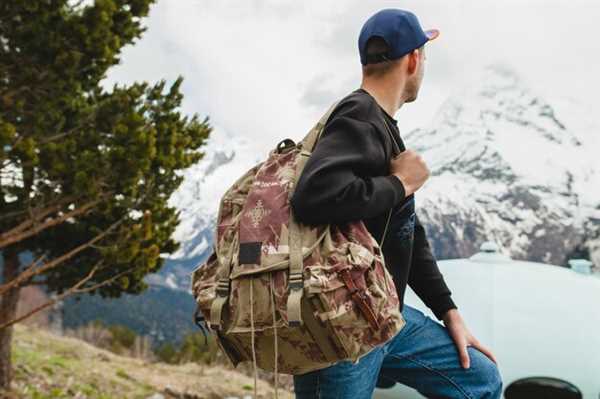
For durability and utility, consider the Badlands 2200. This model offers a reliable frame for heavy loads and multiple compartments for gear organization.
Kuiu’s Icon Pro 3200 stands out with a customizable fit and an innovative suspension system. Its lightweight design maintains comfort during prolonged excursions.
Seek Outside’s Fortress 4800 is designed for versatility. With a high load capacity and quality materials, this pack suits various terrains and climates.
On the budget-friendly side, the Alps OutdoorZ Commander offers solid features, including adjustable straps and ample storage space, without breaking the bank.
Stone Glacier’s Sky 5900 is favored for its modularity and adaptability. It has a steep weight-to-capacity ratio, making it ideal for long hunts where efficiency matters.
For those prioritizing comfort, the Mystery Ranch Metcalf excels with its ergonomic design and ease of access to gear. It ensures prolonged wear without fatigue.
Every brand provides unique qualities, but focusing on construction materials, load capacity, and comfort will help narrow down the best choice tailored to individual needs.
Packing Strategies for Optimal Weight Distribution and Accessibility
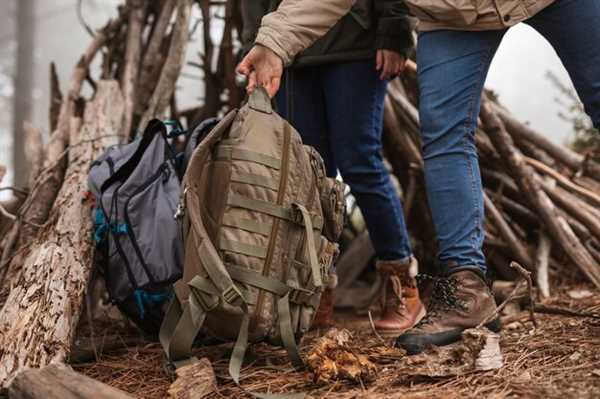
When loading your gear into your pack, prioritize placing heavier items closest to your back. This position helps maintain balance and reduces strain on your body during long hikes.
Utilize compartments effectively. Keep frequently used items, like snacks and navigation tools, in exterior pockets for easy access. Reserve internal space for bulkier, less frequently needed gear.
Organize your load by category. Group items by use: clothing, food, tools, and first-aid supplies. Use packing cubes or stuff sacks to create a system that allows for quick retrieval without disturbing everything else.
Consider using a hydration reservoir instead of bottles. This not only saves space but also keeps water near your back for better weight management.
Balance the load across the backpack by distributing lighter items above and the heavier ones below. This strategy keeps the center of gravity aligned with your body, which is key for stability.
Always secure loose items. Straps and compression systems can help keep your gear from shifting during movement, preventing discomfort and ensuring accessibility.
Test your pack before setting off on a trip. Adjust straps and load distribution while walking to identify any potential issues. A comfortable fit will enhance efficiency and satisfaction during your excursion.

